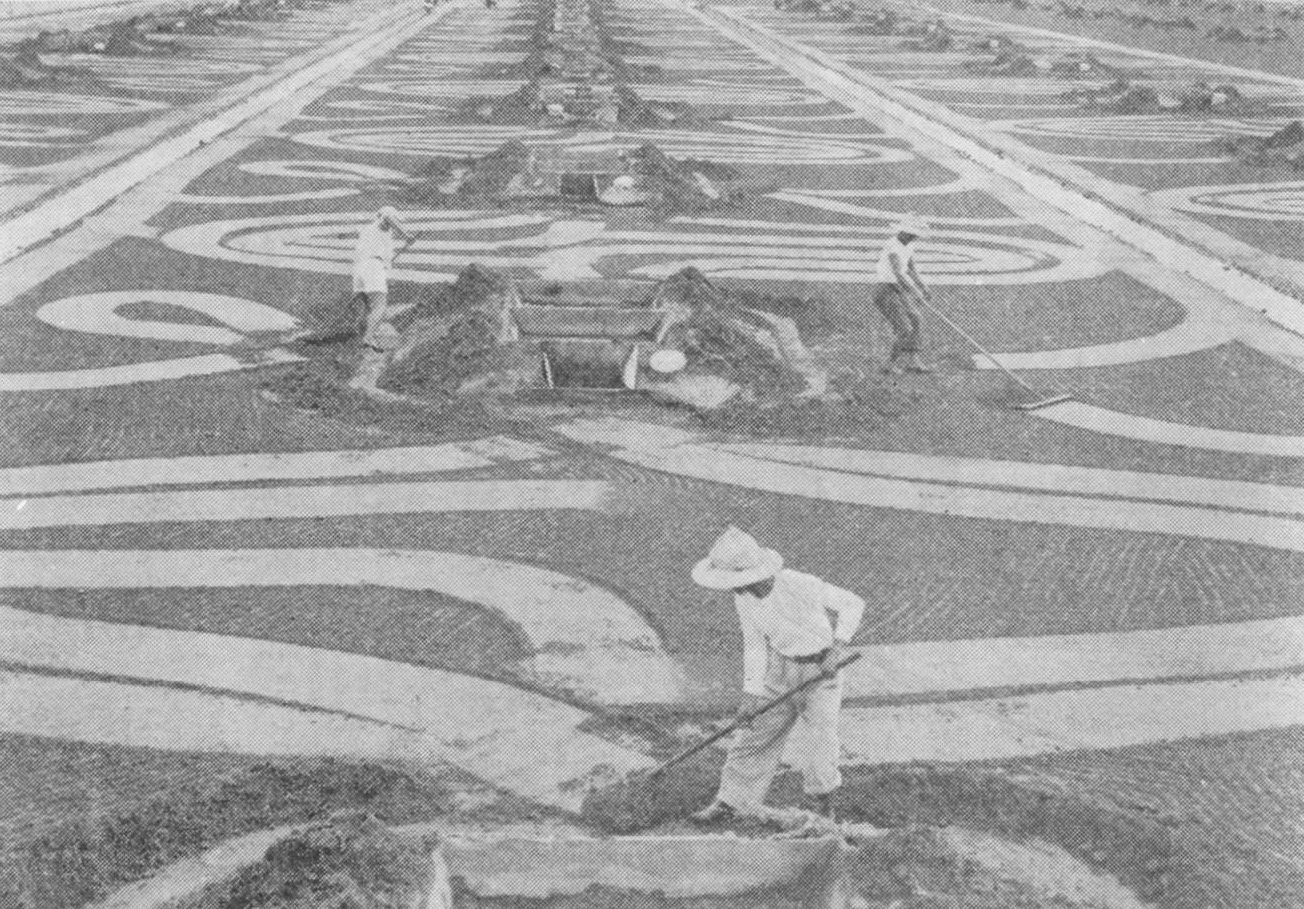4 March 2025
10:00 AM EST / 4:00 PM CET
DocTalks x MoMA
10:00 AM EST / 4:00 PM CET
DocTalks x MoMA
The Desagüe Debates: Water and Drainage in Enlightenment Mexico
REBECCA YUSTE
Columbia University
Respondent: Seth Denizen, Washington University
in St. Louis

Axolotl. Amphibia. Amybystoma. Torner Collection of Sessé and Mociño Biological Illustrations, courtesy of the Hunt Institute for Botanical Documentation, Carnegie Mellon University, Pittsburgh, PA, 6331.1253.
This paper examines the role that the desagüe, or drainage system, played in the modification of the environmental conditions of the Valley of Mexico in the late Enlightenment. Begun in the sixteenth century, the desagüe was designed to protect Mexico City from the seasonal floods of Lake Texcoco. Drainage continued for the following two hundred years, using technologies and procedures learned in mining and extraction projects elsewhere in Mexico to uncover useful, productive, arid land. By the end of the eighteenth century, however, the effects of systematically eliminating water from the valley began to emerge. Creole scientists, in particular José Antonio de Alzate y Ramírez (1737-1799), became increasingly concerned with the climatic effects of this changing environment. They observed and wrote about the atmosphere, weather patterns, flora and fauna, and the cultural and societal changes suffered by the indios who lived in surrounding villages. These scientists, many of whom worked in opposition to the Bourbon crown, articulated a deep skepticism towards these neo-mercantilist imperial projects, instead proposing a more conservation-minded approach to land and water management. The desagüe, then, becomes an early site to think about the relationship between human activity and climate change. It offers a case study in the longue-dur.e of environmental and ecological history. As the work of these creole scientists demonstrates, an ecological dissent emerged alongside techniques of land control and disruption. Calling into question the need to so drastically change the natural world, these scientists were ultimately silenced, as the imperial reformist projects marched forward in the name of progress, eventually draining the lake completely and forever altering the environmental identity of the valley.
***
Salt and Land
YOSUKE NAKAMOTO
ETH Zürich
Respondent: Esra Sert, MEF University

Influx Tidal Salt Field, Mitajiri, Yamaguchi Prefecture, 1953
This thesis investigates the modernisation of the salt industry in Japan’s Seto Inland Sea region, focusing on the concept of "metabolic rift" derived from Marx's critique of capitalist agriculture. It examines how salt, a vital resource historically embedded in Japan's maritime culture, has shaped the evolving relationship between land and society, from traditional methods of production to contemporary industrial processes. The research traces the historical evolution of salt production, beginning with the premodern tidal influx method, which relied on natural environmental conditions and fostered reciprocal trade between coastal and inland communities. This labor-intensive practice tied salt production deeply to the rhythms of nature and established salt as an economic and cultural link between regions. However, the introduction of mechanised methods, such as the gravity flow and ion-exchange membrane processes in the 20th century, marked a shift towards greater efficiency and standardisation. These technological advancements, driven largely by government monopolisation and the demands of global markets, transformed the salt industry from a locally integrated system into an industrialised, globalised process.
The thesis argues that this shift toward industrial efficiency and reliance on imported salt represents a broader environmental and cultural estrangement, or "metabolic rift," disconnecting local communities from the land and sea. The loss of traditional salt fields signifies not only an economic shift but also the erosion of cultural practices and environmental stewardship linked to Japan’s coastal landscapes. Ultimately, the thesis advocates for a comprehensive reevaluation of Japan's coastal history, which has often been marginalised in favour of prevailing agricultural narratives. By positioning salt as a critical lens for examining the country’s environmental and economic transformations, it emphasises the need to restore Japan's maritime heritage as an essential component of understanding the nation’s cultural landscape.
The thesis argues that this shift toward industrial efficiency and reliance on imported salt represents a broader environmental and cultural estrangement, or "metabolic rift," disconnecting local communities from the land and sea. The loss of traditional salt fields signifies not only an economic shift but also the erosion of cultural practices and environmental stewardship linked to Japan’s coastal landscapes. Ultimately, the thesis advocates for a comprehensive reevaluation of Japan's coastal history, which has often been marginalised in favour of prevailing agricultural narratives. By positioning salt as a critical lens for examining the country’s environmental and economic transformations, it emphasises the need to restore Japan's maritime heritage as an essential component of understanding the nation’s cultural landscape.